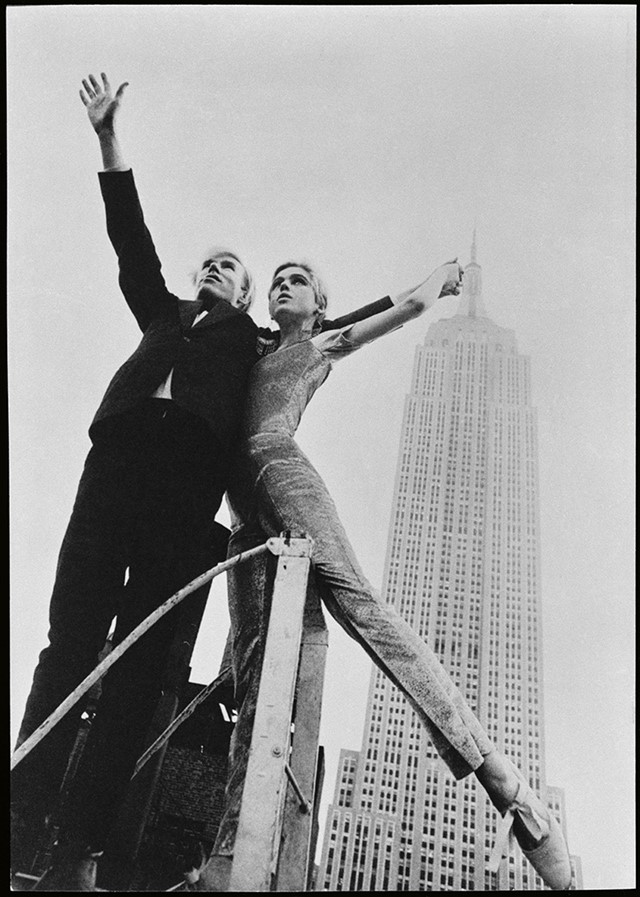Inspired by a new show celebrating the relationship between Andy Warhol and Edie Sedgwick, AnOther presents their ten favourite muses
What could be more exhilarating than to be a muse to a great artist? It is the finest and most personal complement, demonstrating that within the individual resides the spirit that can inspire genius – be it on canvas, in song, on celluloid or in words. This month a new show opens at Proud Camden, honouring the relationship between Andy Warhol and Edie Sedgwick. In Warhol's Muse by David McCabe, the photographer – who had extraordinary access to the world of the Factory – chronicles Sedgwick’s rise to fame and her intense and ultimately doomed friendship with Warhol himself. To mark the opening of the show, here AnOther presents a list of our Top Ten Favourite Muses, ranging through Picasso’s favourite lover, Hitchcock’s favourite blonde and Lucian Freud’s favourite body.
1. Edie Sedgwick
Being a muse once is significant enough, but during her short life, Edie Sedgwick was a source of inspiration to two of the biggest stars of the 20th century, as well as the poster girl for the style of the sixties. Daughter of a wealthy but troubled aristocratic family, Sedgwick moved to New York in 1964, where she embarked on spending her lavish inheritance at breakneck speed. In 1965, she met Andy Warhol and they became inseparable, Edie starring in twelve of Warhol’s Factory films, and even dying her hair silver in homage to Andy’s infamous wigs. He said of her, “One person fascinated me more than anybody I had ever known. The fascination I experienced was probably very close to a certain kind of love.” However, their relationship soured within a year, and Edie moved to the Chelsea Hotel where she met and fell in love with Bob Dylan, who – it is rumoured – wrote Just Like A Woman and Leopard-Skin Pill-Box Hat about her. This too ended unhappily when it transpired that Dylan had secretly married Sara Lownds the year before, and Edie’s drug addictions worsened until her death at just 28. A tragically short life, yet one that burnt brightly, inspiring songs, films, artworks and fashions during her lifetime, and long after.
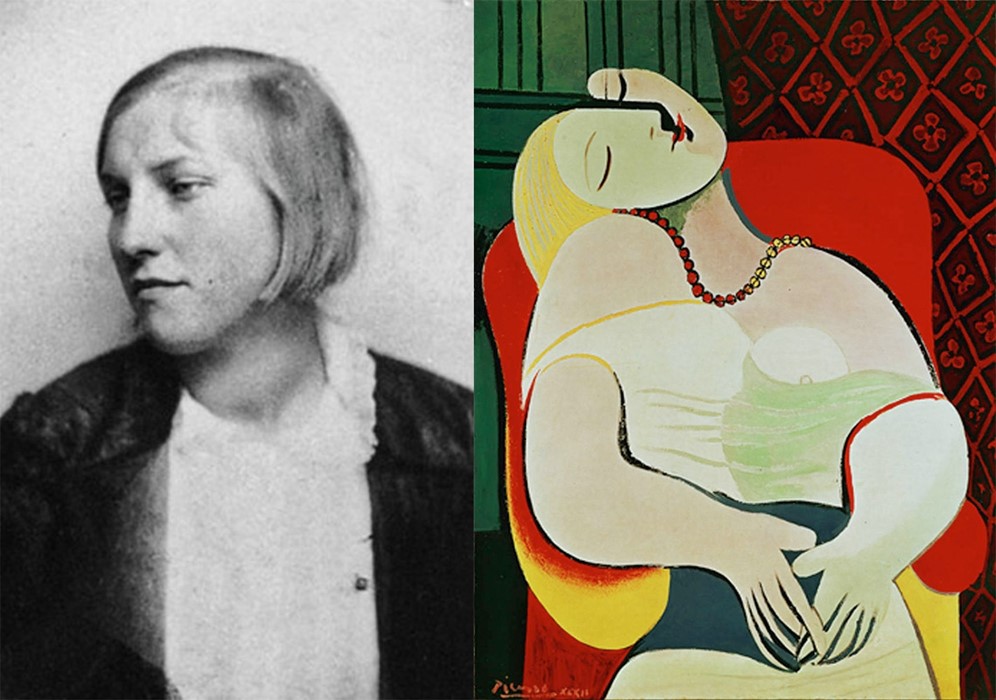
2. Marie-Thérèse Walter
Though Picasso had many lovers, Marie-Thérèse Walter was a key muse for the artist. Their relationship began when Walter was seventeen and Picasso was forty-five, and married to the Russian ballerina Olga Khokhlova. Most famous of Picasso’s paintings of Walter is ‘Le Rêve’, in which she is depicted in bright colours. Walter and Picasso had a child together – Maya Widmaier-Picasso – but never married, with Picasso soon acquiring a new mistress in the form of Dora Maar, who in turn inspired ‘The Weeping Woman’ . In 1977, fifty years after they had met, and four years after her lover's death, Walter committed suicide, unable to go on living without him.
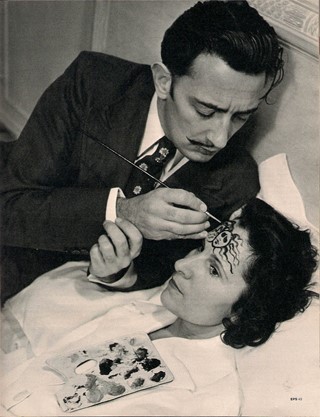
3. Gala Diakonova
Gala’s second husband was Salvador Dalí, for whom she was a muse in many of his works. After they married in 1934, Dalí began to sign his paintings with both her name and his. He often portrayed his wife in quasi-religious roles of the Madonna, as in ‘The Madonna of Port Lligat’ (1949), whilst also creating sensual and affectionate portraits of Gala in her middle age.
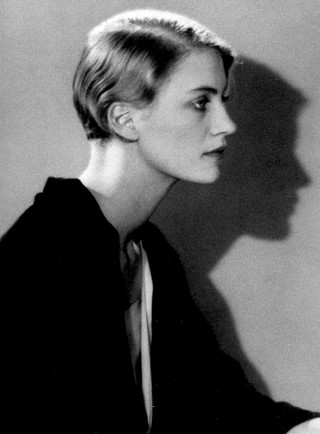
4. Lee Miller
Now more fully appreciated as a remarkable photographer and photojournalist in her own right, Miller was also a successful fashion model and the muse of Man Ray, under whom she trained. The pair were also lovers, before Miller married Roland Penrose in 1947. With Man Ray, Miller used the surrealist photographic technique of solarisation, and many of Ray’s most famous photographs of Miller were created using this form.
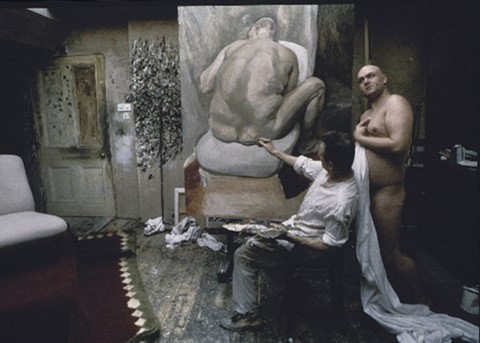
5. Leigh Bowery
Lucien Freud first saw Leigh Bowery perform in stilettos, latex body suit and mask at the Anthony d’Offay Gallery in 1988, and later said, "I found him perfectly beautiful". Freud painted the performance artist several times, nude and larger-than-life, as in Leigh Bowery (Seated), before Bowery’s death in 1994.
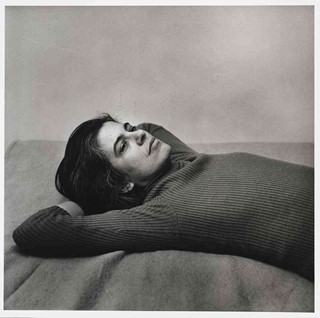
6. Susan Sontag
In her book, A Photographer’s Life, Annie Leibovitz described her hitherto ambiguous relationship with Susan Sontag as a “love story”, saying, “We were two people who helped each other through our lives.” After meeting in 1989, the pair lived in separate apartments within view of each other in New York. Sontag featured in a collection of affectionate and honest portraits throughout Leibovitz’s output up until her death in 2004, when Leibovitz famously photographed Sontag on her deathbed.
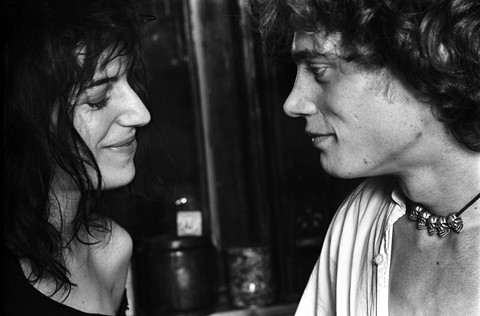
7. Patti Smith
Patti Smith met Robert Mapplethorpe in New York in the 1960s. They became roommates and then lovers, before earning fame independently of each other as, respectively, a punk musician and the key photographer of the New York underground. Mapplethorpe photographed Smith in impressive black and white, the images representing both their relationship and the social history of New York in the 1960s and 1970s simultaneously.
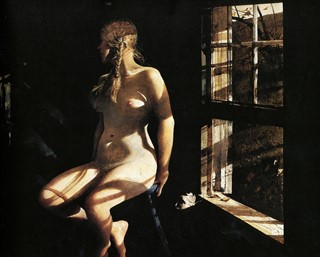
8. Helga Testorf
German-born Helga Testorf features in an impressive 247 studies by the American artist Andrew Wyeth. Between 1971 and 1985, Wyeth painted his muse without the knowledge of either his wife or her husband, storing the paintings outside of his home. His paintings, most famously, Braids and Lovers, show a deep exploration of a single figure with which he was preoccupied.
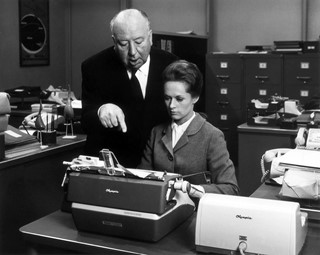
9. Tippi Hedren
Tippi Hedren was a successful model from 1950 to 1961, appearing on the cover of Life Magazine, before she was discovered by Alfred Hitchcock. Her appearance in The Birds and Marnie was only the start of a famously controversial and troubled relationship. Hedren later declared Hitchcock’s possessive obsession with her ruined her career.
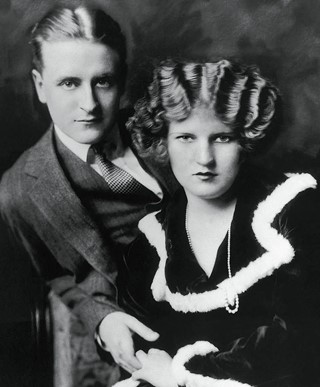
10. Zelda Fitzgerald
Zelda Fitzgerald was an icon of the 1920s, wife of F. Scott Fitzgerald and hailed as the original ‘flapper’ girl. After the success of F. Scott Fitzgerald’s first novel, This Side of Paradise, the couple became celebrities. But Zelda was plagued by mental illness, and in 1932 was hospitalized for schizophrenia. Her mental illness was movingly revealed in Fitzgerald’s portraits of beautiful but unstable women, such as Daisy Buchanan in his most famous work, The Great Gatsby and evident, too, in the troubled marriage between Dick and Nicole Diver in Tender is the Night. Zelda wrote a novel, ‘Save Me This Waltz’, which was published in 1932. She died in 1948 in a hospital fire.
Warhol's Muse by David McCabe, Proud Camden, 11th December 2013 - 2nd February 2014
